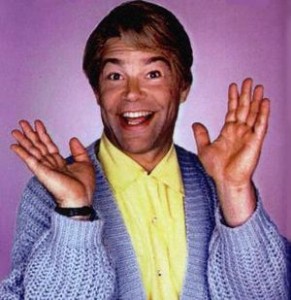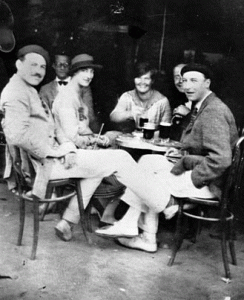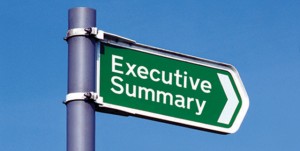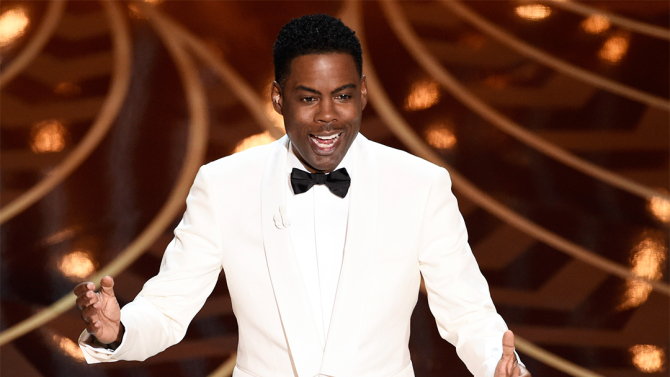Part Three in a series.
 If you think LinkedIn is a static social media platform, think again. It is your most current resume, business card, and promotional campaign all rolled into one. Its power lies in how frequently you use it. Use LinkedIn to elevate your visibility within your network. Here are seven simple ways to do it:
If you think LinkedIn is a static social media platform, think again. It is your most current resume, business card, and promotional campaign all rolled into one. Its power lies in how frequently you use it. Use LinkedIn to elevate your visibility within your network. Here are seven simple ways to do it:
- Publish a post. Each time you open your LinkedIn home page, you are given three options: Update status, Upload a photo, or Publish a post. When you publish a post, you are sharing your knowledge with the world. Make sure the content of your post is relevant, offers helpful information, and includes links to more information on the topic from other sources, if you can.
- Add posts often. Rather than publish a post once or twice a year, become known as a thought leader in your area of expertise. The more often you publish valuable content, the more people will read it and follow you. In my case, I post weekly. When you visit my profile page, you will see my three latest posts.
- Share industry news and information. The internet is a vast wonderland of information. You just have to know where to look. Professionals turn to proven sources like Fast Company, Forbes, Harvard Business Review, or The New York Times, to name a few. When you share breaking news, trends and helpful information, you position yourself as an industry leader.
- Join LinkedIn groups and participate in discussions. The groups you join are comprised of your industry colleagues. Consider it your brain trust…like-minded professionals who come together to share thoughts, ideas, and opinions.
- Recommend others. For people you know and trust, you can provide a written recommendation. When recommending others, your recommendation appears on that person’s LinkedIn page. They may recommend you in return.
- Endorse others. Endorsing others is easy to do…it’s a simple click and you’re done. Simply visit your contact’s LinkedIn page, scroll down to Endorsements and click on the skill(s) that you would like to endorse. Also, LinkedIn randomly creates several “auto requests” on your LinkedIn page that allows you to quickly endorse people within your network. Just like recommendations, people whom you endorse may endorse you in return.
- Be an active, not passive, LinkedIn user. In conversations with other professionals about LinkedIn, I am surprised by those who don’t use LinkedIn often or don’t know how it works (which is why I am writing this series of brief articles about how to work your LinkedIn network). When you are active within LinkedIn, you can choose to publish, comment, like, update, visit, share, recommend, endorse, or simply drop a line. The more active you are, the more visible you become within your network. People will think of you more often (which is a good thing if you are a perfect candidate for a position, or a good fit for a client who needs your services, or your interests match those of an organization seeking qualified volunteers).
Here’s a quick task for you: Of the seven ideas above, dip your toe in the LinkedIn water. Pick three ideas that you want to complete in the next week. Then do other tasks in the weeks and months ahead. Before you know it, you will become much more visible within your network.










